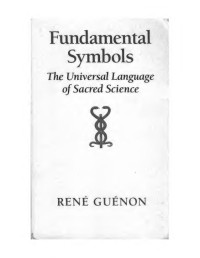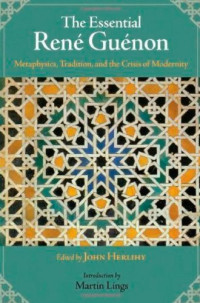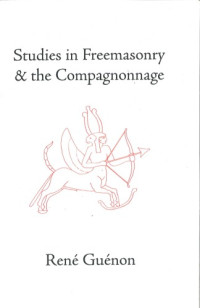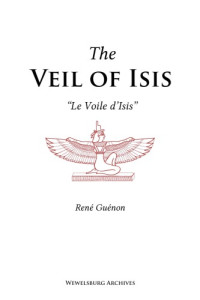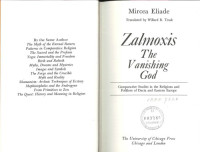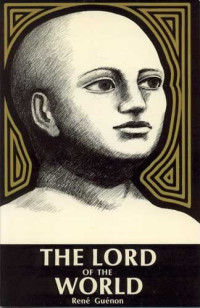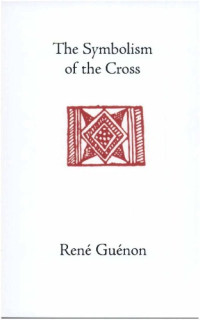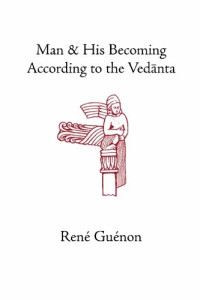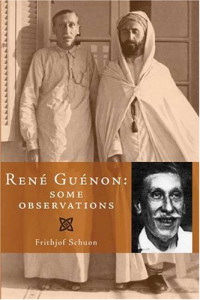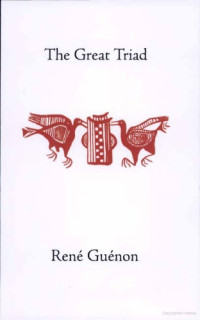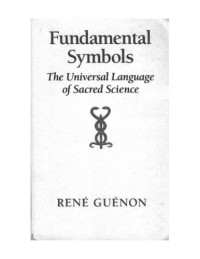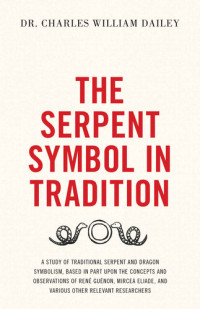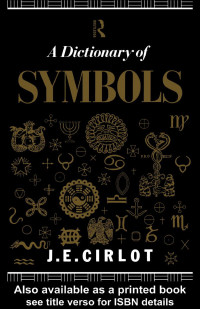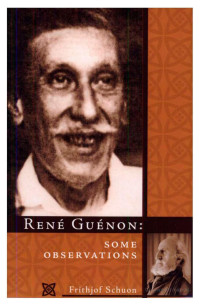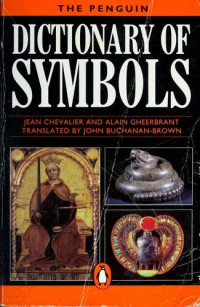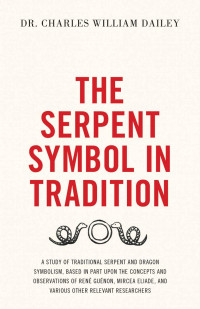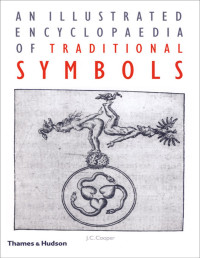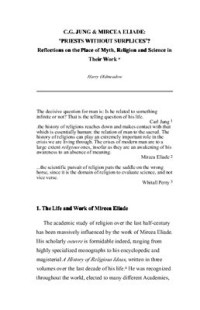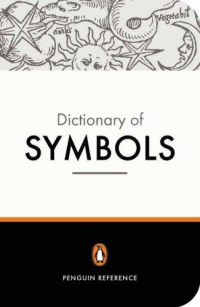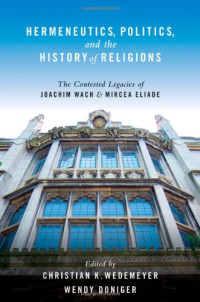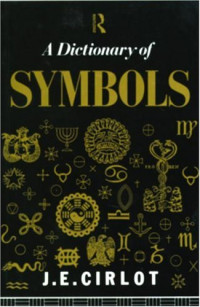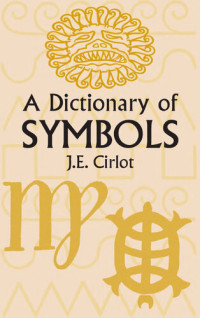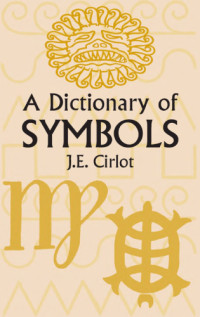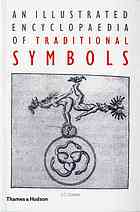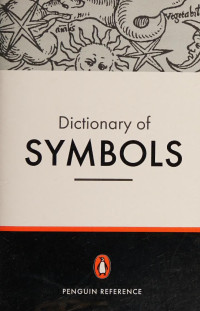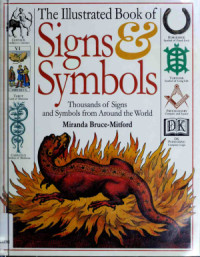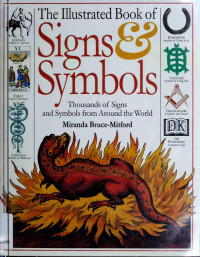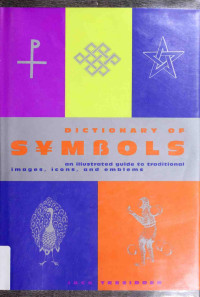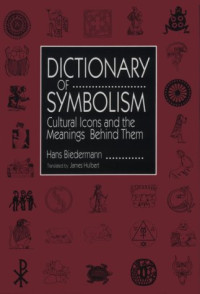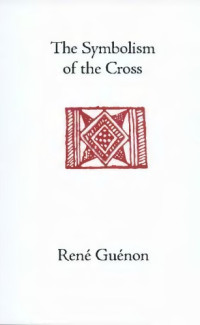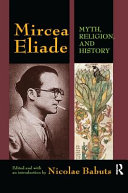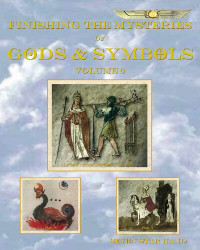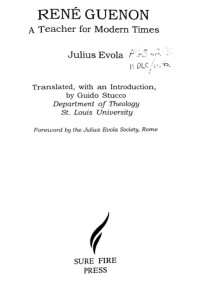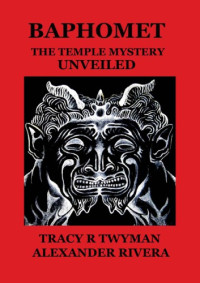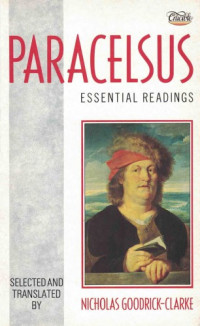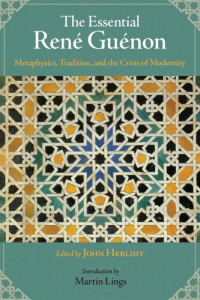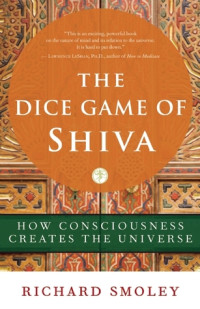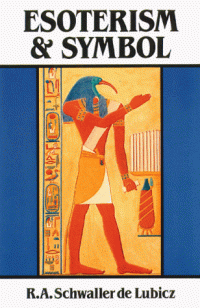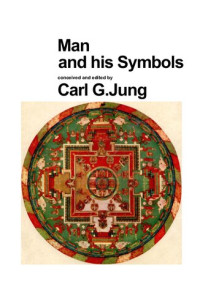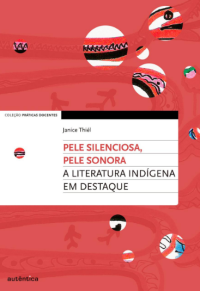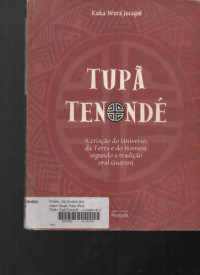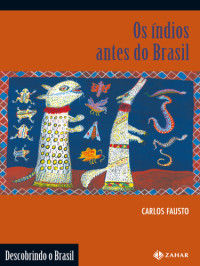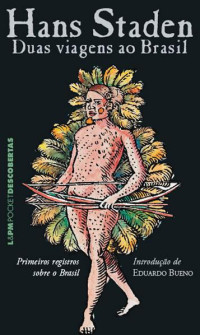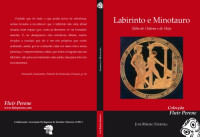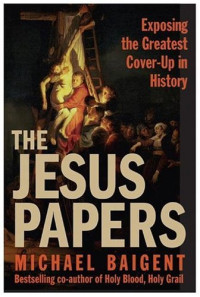
The Serpent Symbol in Tradition: A Study of Traditional Serpent and Dragon Symbolism, Based in Part Upon the Concepts and Observations of René Guénon, Mircea Eliade, and Various Other Relevant Researchers
Charles William Dailey
Serpent and dragon symbolism are ubiquitous in the art and mythology of premodern cultures around the world. Over the centuries, conflicting hypotheses have been proposed to interpret this symbolism which, while illuminating, have proved insufficient to the task of revealing a singular meaning for the vast majority of examples. In this dissertation I argue that, in what the symbolist René Guénon and the historian of religions Mircea Eliade have called ‘traditional’ or ‘archaic’ societies, the serpent/dragon transculturally symbolizes what I term ‘matter,’ a state of being that is constituted by the perception of the physical world as ‘chaotic’ in comparison to what traditional peoples believed to be the ‘higher’ meta-physical source of the physical world or ‘nature.’ What is called ‘nature,’ I argue, is also considered in ‘Tradition’ to be a perception of, from a certain state of consciousness, that aspect of existence that is called samsara in the Hindu philosophy of Vedanta, which Guénon equivalently describes, from a broadly traditional perspective in The Symbolism of the Cross, as “the indefinite series of cycles of manifestation.” ‘Chaos,’ according to Eliade in The Sacred and the Profane, is “the amorphous and virtual…everything that has not yet acquired a ‘form.’”
The following elements have been useful in discerning the specified meaning of the serpent/dragon symbol: 1) Guénon’s interpretation of the terminology of the ‘Hindu Doctrines,’ as well as his interpretation of the ‘language’ of traditional symbolism and the metaphysics that underlies it; 2) Eliade’s interpretation of ‘traditional’/‘archaic’ societies by means of his concepts of ‘chaos,’ ‘creation,’ Axis Mundi (‘World Axis’), and ‘Sacred and Profane’; and 3) the insights of various other researchers of serpent/dragon symbolism. Beyond purporting to resolve some of the mystery of the ancient and varied symbolism of the serpent/dragon, my dissertation strives, to a lesser degree, to serve two related functions: 1) informing the interpretation of the symbolic meanings of a wide variety of premodern artifacts and narratives and 2) providing a rough outline for a proposed prolegomenon to the study of the origination, and ancient human awareness, of the mentioned state of ‘matter.’
The following elements have been useful in discerning the specified meaning of the serpent/dragon symbol: 1) Guénon’s interpretation of the terminology of the ‘Hindu Doctrines,’ as well as his interpretation of the ‘language’ of traditional symbolism and the metaphysics that underlies it; 2) Eliade’s interpretation of ‘traditional’/‘archaic’ societies by means of his concepts of ‘chaos,’ ‘creation,’ Axis Mundi (‘World Axis’), and ‘Sacred and Profane’; and 3) the insights of various other researchers of serpent/dragon symbolism. Beyond purporting to resolve some of the mystery of the ancient and varied symbolism of the serpent/dragon, my dissertation strives, to a lesser degree, to serve two related functions: 1) informing the interpretation of the symbolic meanings of a wide variety of premodern artifacts and narratives and 2) providing a rough outline for a proposed prolegomenon to the study of the origination, and ancient human awareness, of the mentioned state of ‘matter.’
年:
2020
出版社:
University of North Texas
语言:
english
文件:
PDF, 13.92 MB
IPFS:
,
english, 2020
 Amazon
Amazon  Barnes & Noble
Barnes & Noble  Bookshop.org
Bookshop.org  转换文件
转换文件 更多搜索结果
更多搜索结果 其他特权
其他特权 